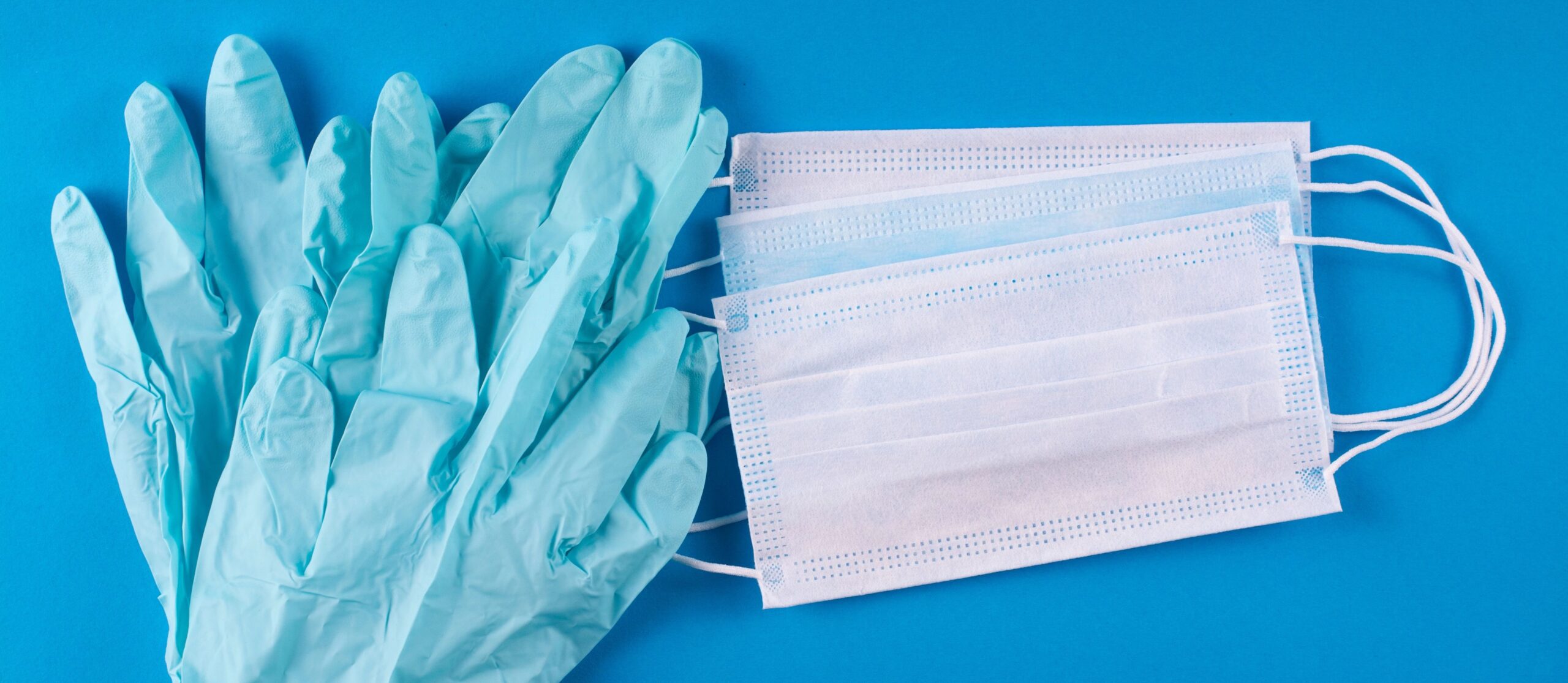Drinking fountain safety

It’s no secret that drinking fountains (also called bubblers, water fountains or water filling stations) present the potential for risk. That is why many schools shut off their drinking fountains during the COVID-19 pandemic—children were in danger of spreading disease if they drank from a community device.
But disease isn’t the only risk that comes with drinking fountains. Here, CM Regent details a few of the risks associated with these devices and ways you can remedy them.
Risk: Drinking fountains installed in a gymnasium can result in more than $100,000 in property damage if there is a water leak. Because these fountains protrude from the wall surface, they also present the potential for injury if students make contact with them during athletic activities.
Solution: If you have drinking fountains in your gymnasium, shut off the water supply and remove the fountain to reduce potential damage to your gymnasium flooring and remove a potential physical hazard.
Risk: As water splashes onto the floor around the drinking fountain, there is a greater potential for slip-and-fall injuries—especially if many students are clamoring to use the device at the same time.
Solution: Install a mat designed for use underneath drinking fountains. The mat should have tapered edges and not extend into the flow of foot traffic, where it could become a tripping hazard.
Risk: If drinking fountains aren’t sanitized on a regular basis, users could catch communicable diseases from each other. Also, waterborne disease outbreaks caused by bacteria like Legionella in drinking water may cause gastrointestinal illnesses. Water supply from a private source, such as a well, could also cause gastrointestinal illnesses if it is not treated.
Solution: Establish a regular cleaning schedule for drinking fountain surfaces. If your building needs to be shut down for an extended time, such as during a school break, stagnant water could increase your risk of spreading Legionella. Before putting the drinking fountains back in service, test the water supply and plumbing system components to make sure the bacteria amounts are below recommended levels.
Risk: Depending on the age of the building’s plumbing system and water supply source, water can become contaminated with lead from the pipes, fittings and fixtures after it leaves the water main.
Solution: If the school building contains lead plumbing components (such as pipes, fittings and fixtures), the water should be tested periodically for lead levels by an accredited drinking water analysis laboratory.
With a little advanced planning, you can eliminate much of the risk from having drinking fountains.
Check out additional resources for more ways to protect your students and employees.




